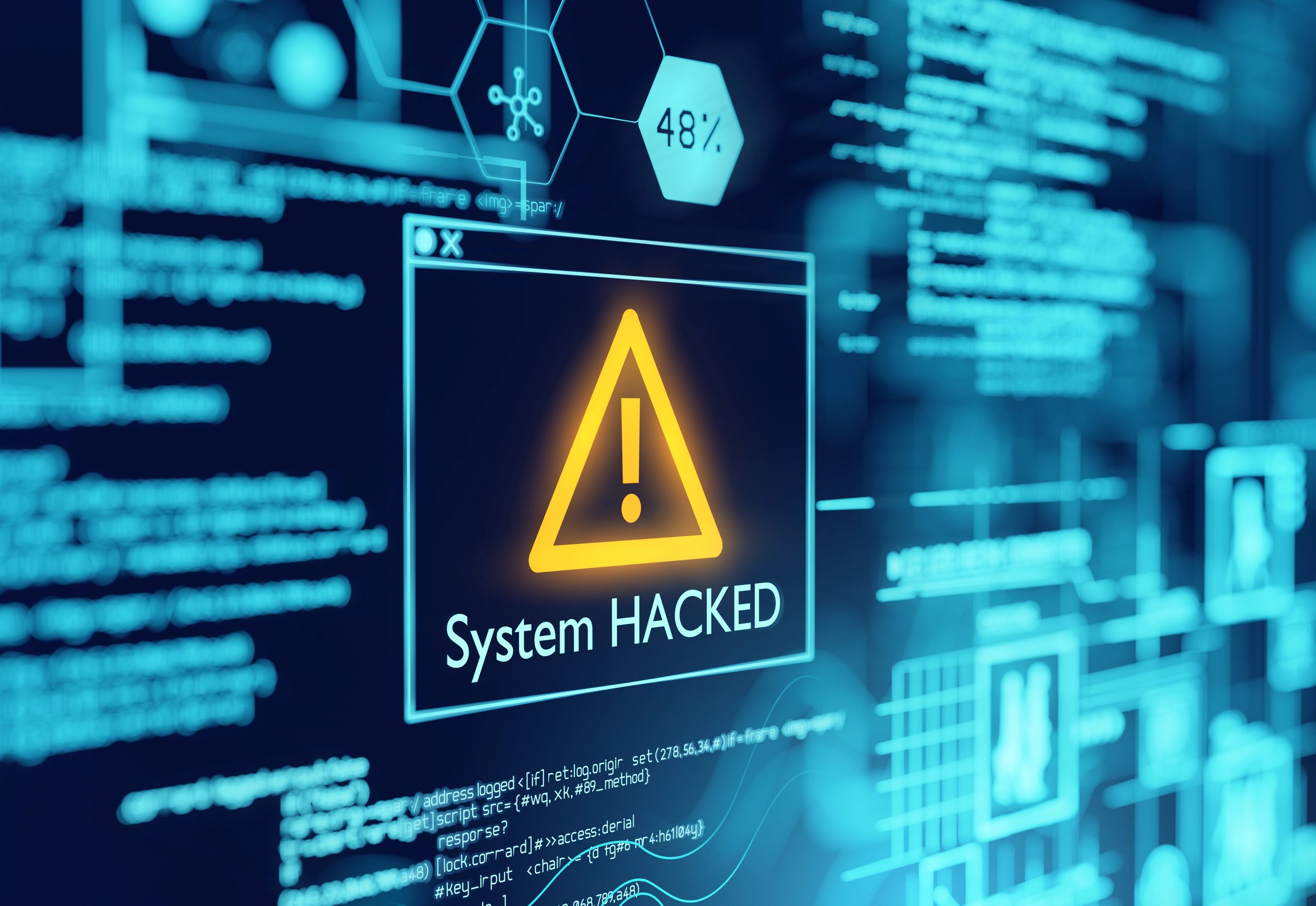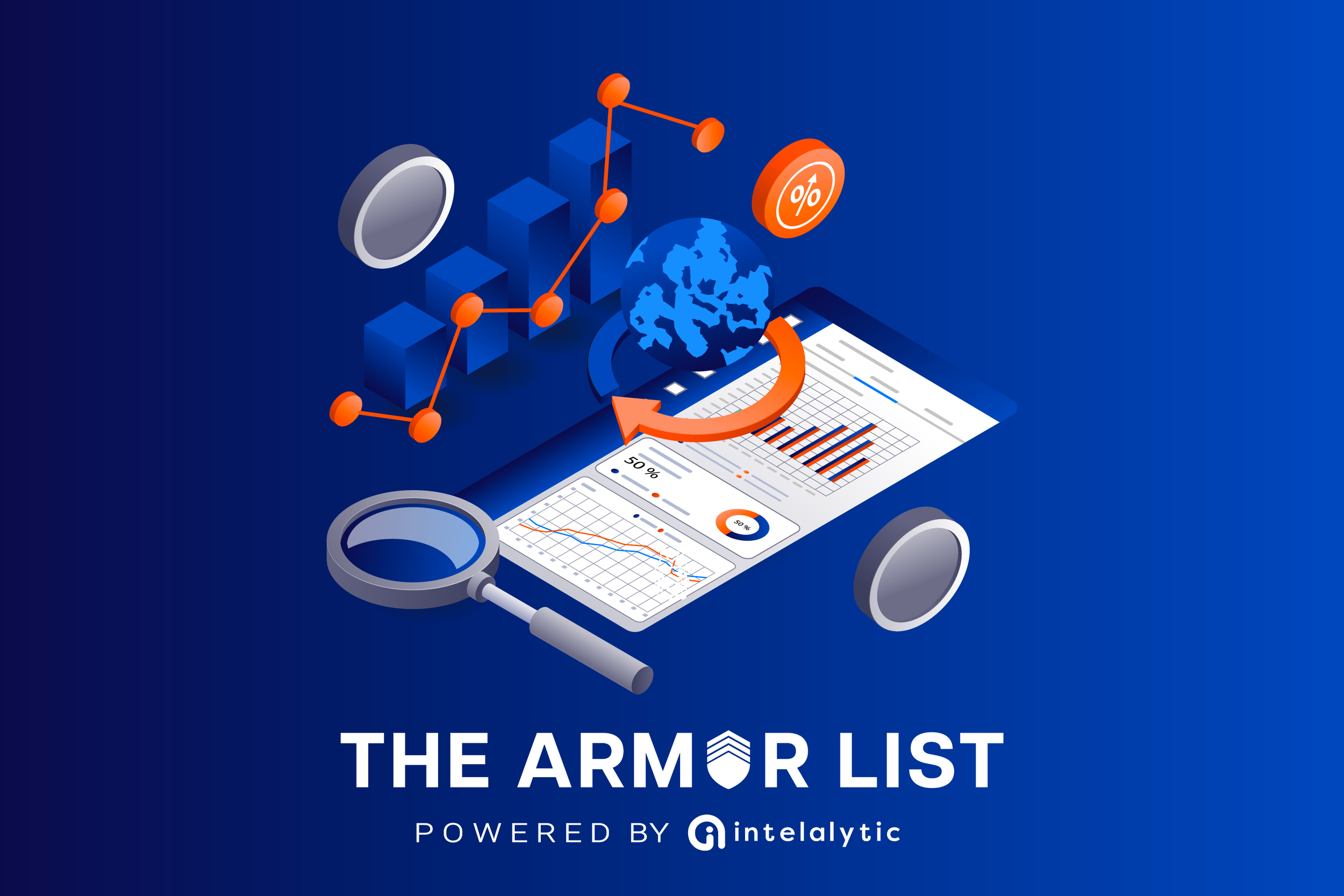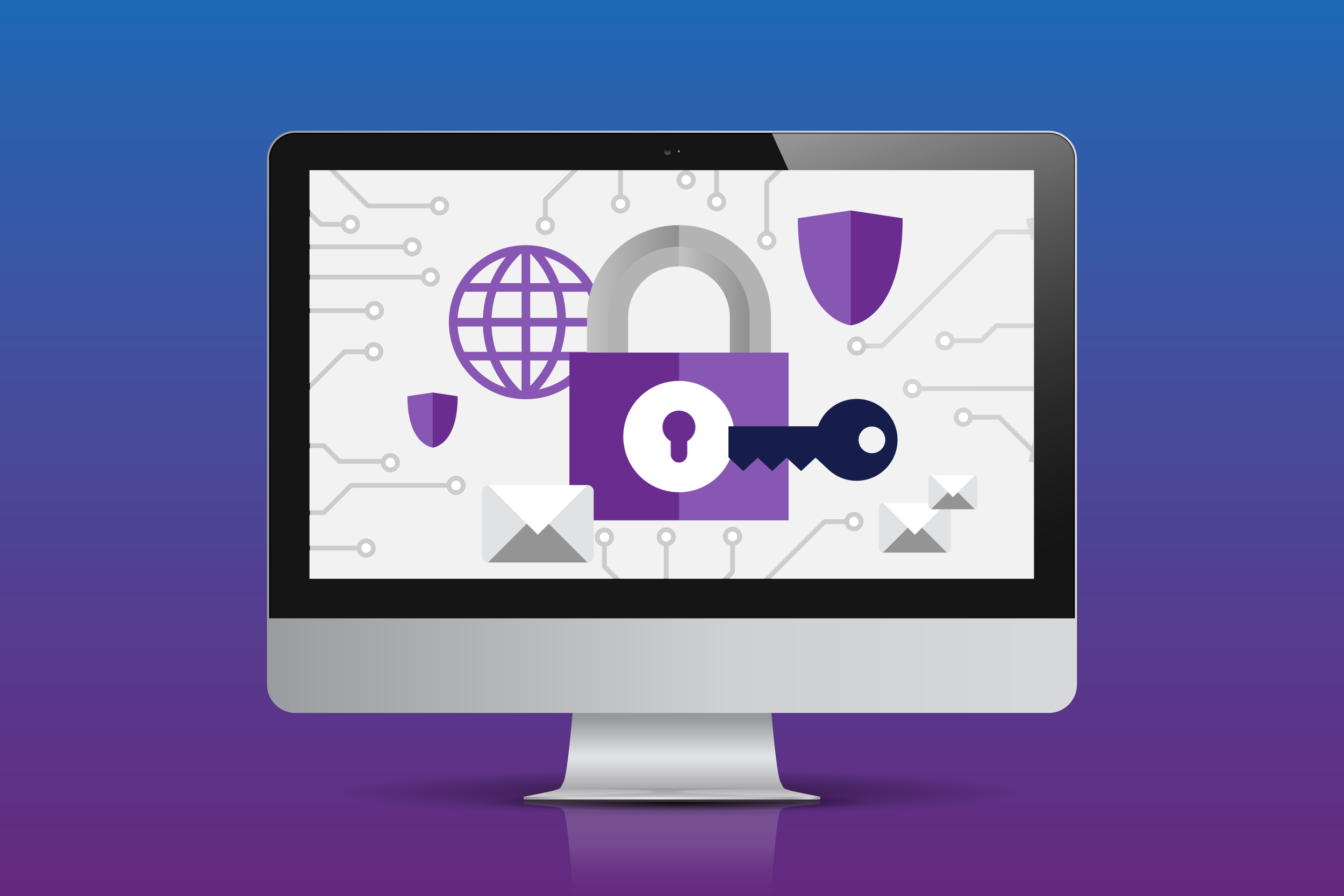The Critical Importance of Cybersecurity Insurance: Protecting Businesses from Digital Threats
In today's rapidly evolving digital landscape, cybersecurity is not just an IT issue; it's a fundamental business concern. The increasing frequency and sophistication of cyberattacks have made it imperative for companies to adopt comprehensive cybersecurity strategies. Among these strategies, cybersecurity insurance has emerged as a crucial component to safeguard businesses from potentially catastrophic financial and operational damage.
The Rising Threat Landscape
The threat landscape for cybersecurity has dramatically evolved over the past decade. No longer confined to simple viruses or spam emails, modern cyber threats are highly sophisticated, well-funded, and often state-sponsored. According to a report by Cybersecurity Ventures, the global cost of cybercrime is expected to reach $10.5 trillion annually by 2025, up from $3 trillion in 2015. This staggering figure reflects not just financial losses but also the immense impact on productivity, regulatory penalties, reputational harm, and customer trust.
Expanding Attack Vectors
The proliferation of digital technologies, from cloud computing and IoT devices to remote work environments, has expanded the attack surface for businesses. Cybercriminals exploit vulnerabilities across networks, applications, and even human behavior to launch attacks such as:
Ransomware: Attackers encrypt an organization’s data and demand a ransom to restore access. The average ransom payment increased to over $200,000 in 2021, with recovery costs often exceeding the ransom itself.
Phishing and Social Engineering: These attacks trick individuals into revealing sensitive information or granting unauthorized access. Business Email Compromise (BEC) alone caused losses exceeding $1.8 billion in 2020, according to the FBI’s Internet Crime Report.
Supply Chain Attacks: Threat actors target less secure elements within a company’s supply chain to infiltrate larger, more secure organizations. The SolarWinds breach is a prime example, affecting thousands of entities globally.
Advanced Persistent Threats (APTs): These prolonged, targeted attacks aim to steal sensitive information over extended periods, often undetected until significant damage has occurred.
The Human Factor in Cybersecurity
Despite advanced technological defenses, human error remains a leading cause of security breaches. Employees may inadvertently click on malicious links, use weak passwords, or fall victim to sophisticated social engineering tactics. The COVID-19 pandemic exacerbated this issue as remote work environments introduced new vulnerabilities, with a reported 600% increase in cybercrime since the onset of the pandemic.
Sector-Specific Threats
Healthcare: The healthcare sector has become a prime target for ransomware due to the critical nature of its operations and sensitive patient data. In 2021, healthcare breaches affected over 45 million individuals in the U.S. alone.
Defense and Public Safety: Cyber threats targeting defense contractors and public safety infrastructure can have national security implications. Nation-state actors often engage in espionage, data theft, and disruption activities.
Small and Medium Businesses (SMBs): Contrary to the belief that cybercriminals only target large corporations, SMBs are increasingly vulnerable due to limited resources and weaker security postures.
The Evolving Nature of Threats
Cyber threats are not static; they evolve rapidly, often outpacing traditional security measures. Emerging trends include:
Deepfake Technology: AI-generated synthetic media used for disinformation campaigns, fraud, and identity theft.
Cryptojacking: Unauthorized use of computing resources to mine cryptocurrency, which can go unnoticed while draining system performance.
AI-Powered Attacks: The use of artificial intelligence to automate and enhance the effectiveness of cyberattacks, making them faster and harder to detect.
The Cost of Inaction
The consequences of failing to address these threats extend beyond immediate financial losses. Businesses face:
Reputational Damage: Loss of customer trust can have long-term impacts, affecting brand reputation and customer loyalty.
Regulatory Penalties: Non-compliance with data protection regulations such as GDPR and CCPA can result in hefty fines.
Operational Disruptions: Downtime caused by cyber incidents can cripple business operations, leading to lost revenue and productivity.
Real-World Scenarios of Cyber Disasters
Ransomware Attacks: The 2021 Kaseya ransomware attack affected over 1,500 businesses worldwide, demanding $70 million in ransom. Many companies were forced to halt operations, leading to significant revenue loss.
Phishing Scams: In 2020, Twitter experienced a major security breach through a coordinated phishing attack, compromising high-profile accounts and causing both financial and reputational harm.
Supply Chain Attacks: The SolarWinds breach in 2020 exposed vulnerabilities in supply chain security, affecting thousands of organizations globally, including U.S. government agencies.
Business Email Compromise (BEC): A multinational manufacturing firm suffered losses exceeding $50 million after a sophisticated BEC scam, highlighting the devastating financial implications of email fraud.
Healthcare Industry Breaches: In 2021, the healthcare sector saw a sharp increase in ransomware attacks targeting patient data. The attack on Scripps Health disrupted patient care services for weeks, leading to significant operational and financial setbacks.
Why Cybersecurity Insurance is Essential
While preventive cybersecurity measures are vital, they cannot guarantee absolute security. This is where cybersecurity insurance becomes indispensable:
Financial Protection: Covers costs associated with data breaches, including legal fees, notification costs, and public relations efforts.
Business Continuity: Helps manage the financial impact of business interruptions due to cyber incidents.
Liability Coverage: Protects against lawsuits arising from data breaches affecting customers or third parties.
Regulatory Compliance: Assists in managing regulatory fines and penalties for data protection violations.
Key Features of Cybersecurity Insurance
Incident Response: Immediate access to experts in cybersecurity, legal counsel, and public relations to manage the crisis.
Data Recovery: Coverage for costs associated with data restoration and system repair.
Ransomware and Extortion Coverage: Financial support in the event of ransom demands, including negotiation services.
Liability Coverage: Protection against claims from affected parties, covering legal defense and settlement costs.
Business Interruption Losses: Compensation for lost income due to operational downtime caused by cyber incidents.
Reputation Management: Assistance with crisis communication strategies to mitigate damage to the company’s brand.
Cybersecurity Tools and Resources for Small and Medium-Sized Businesses (SMBs)
In addition to cybersecurity insurance, SMBs can utilize a variety of tools and resources to strengthen their cyber defenses:
1. Cybersecurity Policies and Procedures:
Acceptable Use Policies (AUPs): Define how employees can use company resources safely.
Incident Response Plans: Outline procedures for responding to cyber incidents to minimize damage.
Data Protection Policies: Ensure sensitive data is handled and stored securely.
Third-Party Vendor Risk Management: Establish guidelines for assessing and managing risks associated with vendors and supply chain partners.
Disaster Recovery and Business Continuity Plans: Ensure quick recovery and continuity in the aftermath of cyber incidents.
2. Training Tools and Resources:
Phishing Simulation Tools: Platforms like KnowBe4 and Cofense allow businesses to simulate phishing attacks, helping employees recognize and avoid real threats.
Security Awareness Training: Regular training sessions to educate staff on identifying phishing scams, email hacks, and social engineering tactics.
Fraud Prevention Workshops: Focus on financial fraud schemes, including Business Email Compromise (BEC) and wire transfer scams.
Role-Based Security Training: Tailored training for employees based on their roles, emphasizing specific risks relevant to their job functions.
Continuous Learning Platforms: Online courses and certifications to keep IT teams updated on the latest cybersecurity trends.
3. Technical Security Tools:
Endpoint Protection Software: Solutions like CrowdStrike and Sophos offer advanced threat detection and prevention capabilities.
Multi-Factor Authentication (MFA): Adds an extra layer of security to user accounts, reducing the risk of unauthorized access.
Encryption Tools: Protect sensitive data both at rest and in transit.
Network Segmentation: Enhances security by limiting the spread of cyber threats within an organization's network.
Intrusion Detection and Prevention Systems (IDPS): Monitors network traffic for suspicious activity and takes proactive measures to prevent breaches.
Security Information and Event Management (SIEM) Systems: Provides real-time analysis of security alerts generated by applications and network hardware.
4. Financial Fraud Prevention Measures:
Bank Reconciliation Practices: Regularly monitor and reconcile financial accounts to detect fraudulent activities promptly.
Transaction Verification Protocols: Implement dual-approval processes for large financial transactions.
Secure Payment Gateways: Use trusted payment processors with strong security features.
Continuous Transaction Monitoring: Real-time tracking of financial transactions to identify and mitigate suspicious activities.
Financial Risk Assessments: Regular evaluations to identify vulnerabilities within financial systems.
Emerging Threats and the Need for Proactive Cyber Defense
The cybersecurity landscape is constantly evolving, with new threats emerging regularly. Some of the most concerning trends include:
Advanced Persistent Threats (APTs): Sophisticated, long-term cyberattacks targeting sensitive data.
Zero-Day Vulnerabilities: Exploits targeting previously unknown security flaws.
IoT Security Risks: Vulnerabilities in connected devices used in both consumer and industrial applications.
Cryptojacking: Unauthorized use of a company's computing resources to mine cryptocurrency.
AI-Powered Cyber Threats: The rise of artificial intelligence has led to more sophisticated and automated cyberattacks.
Deepfake Technology: The use of AI-generated fake content for fraudulent activities, including identity theft and misinformation campaigns.
Addressing these threats requires a proactive approach that combines insurance coverage with robust security measures and continuous monitoring. A strong cybersecurity strategy incorporates solutions from the Ultimate 100 Business Technology Toolkit, which can help organizations stay ahead of emerging cyber risks, ensuring proactive defense and business continuity.
Building a Cybersecurity Culture
Creating a strong cybersecurity culture within an organization is as crucial as having technical defenses. This involves:
Leadership Commitment: Executives must prioritize cybersecurity and allocate necessary resources.
Employee Engagement: Encouraging staff at all levels to take ownership of cybersecurity responsibilities.
Regular Drills and Simulations: Conducting mock cyberattack scenarios to test readiness and response capabilities.
Clear Communication Channels: Establishing protocols for reporting suspicious activities without fear of reprisal.
Partner with IntelAlytic for Comprehensive Cybersecurity Solutions
In an era where cyber threats are inevitable, cybersecurity insurance is not just an option—it's a necessity. It acts as a financial safety net, ensuring businesses can recover and continue operations after a cyber incident. Coupled with robust cybersecurity practices, comprehensive policies, employee training, and technical security tools, businesses can significantly enhance their resilience against digital threats.
At IntelAlytic, we specialize in helping businesses in the defense, public safety, and body armor industries build effective cybersecurity plans tailored to their unique needs. Our team of experts will work with you to develop a comprehensive action plan, covering everything from risk assessments and incident response to employee training and technical safeguards.
Our services include:
Customized Cybersecurity Assessments: Identify vulnerabilities and recommend tailored solutions.
Incident Response Planning: Develop comprehensive strategies to manage and mitigate cyber incidents.
Continuous Monitoring Solutions: Implement tools that provide real-time threat detection and response capabilities.
Regulatory Compliance Support: Ensure your business meets industry-specific security standards and regulations.
Third-Party Risk Management: Evaluate and manage cybersecurity risks associated with vendors and supply chain partners.
Employee Cybersecurity Training: Equip your workforce with the knowledge to recognize and respond to cyber threats effectively.
Secure your business today. Contact IntelAlytic to schedule a consultation and start building a cybersecurity strategy that protects your operations, reputation, and future. Don't wait for a cyber incident to expose vulnerabilities. Act now to fortify your defenses and stay ahead of evolving threats.
Learn More
Call us today to schedule a consultation.
Visit intelalytic.com to explore how we can support your business transformation.
Email us at info@intelalytic.com to connect with our team and take the first step toward unparalleled efficiency and growth.






